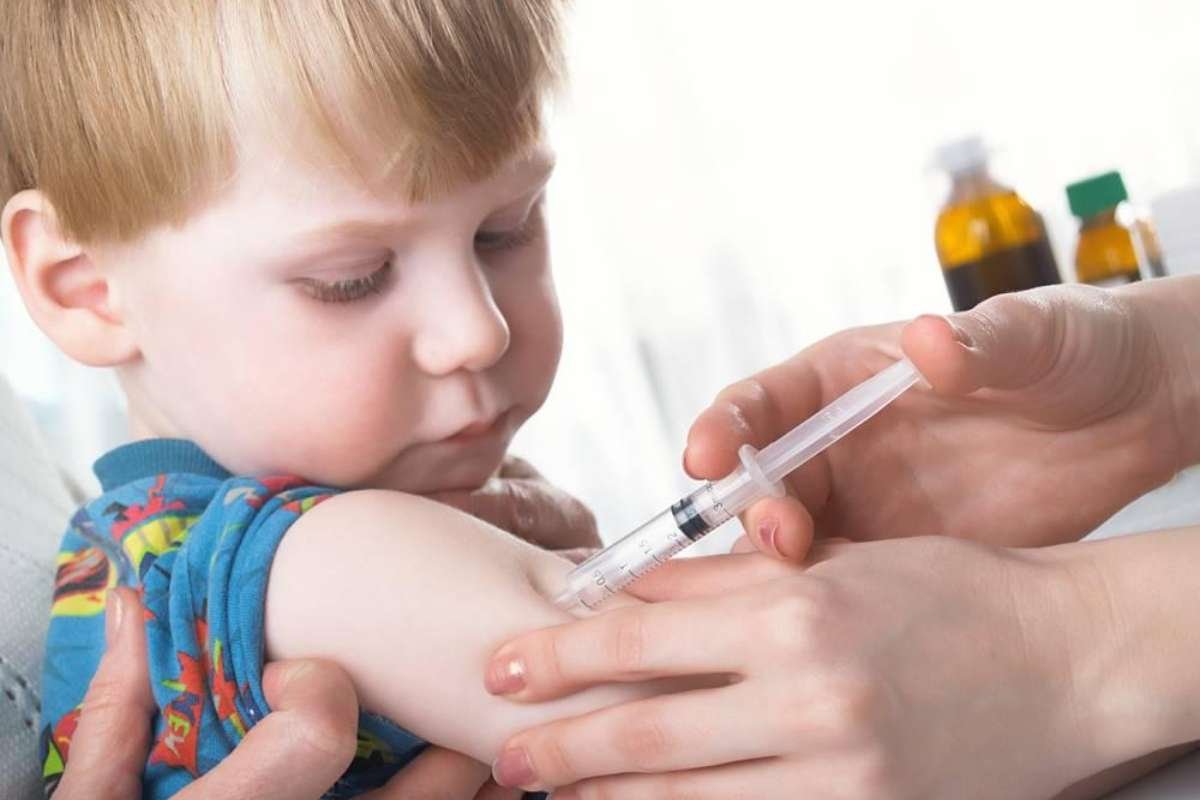Growing Disparities in Vaccination Uptake
A recent study published in The BMJ highlights a widening gap in childhood vaccination rates across England, particularly in areas of higher socioeconomic deprivation. The research, spanning 2019 to 2023, found that uptake rates for five critical vaccines among young children consistently fell below the World Health Organization’s (WHO) recommended 95% target. These vaccines protect against severe illnesses like measles, diphtheria, polio, and meningitis.
The study assessed data from general practices across England, examining quarterly vaccination rates for children aged up to 5 years. Vaccines analyzed included the first and second doses of the measles, mumps, and rubella vaccine (MMR1 and MMR2), the rotavirus vaccine, the pneumococcal conjugate vaccine (PCV) booster, and the six-in-one (DTaP/IPV/Hib/HepB) vaccine, which protects against diphtheria, tetanus, whooping cough, polio, Haemophilus influenzae type b, and hepatitis B.
Findings revealed a persistent and growing inequality in vaccination coverage between children from the most and least deprived areas. For example, the gap in uptake for the six-in-one vaccine increased from 3.3% to 7.4%, while the disparity for the MMR2 vaccine at age 5 widened from 5.3% to 11.5%.
Regional and Socioeconomic Disparities
Regional analysis underscored significant variations, with London recording the lowest vaccination rates, followed by the Midlands and North West. Notably, London and the North West exhibited greater disparities in vaccine uptake compared to more affluent southern regions.
The study also pointed to a substantial rise in the number of children vulnerable to vaccine-preventable diseases. By the study’s end, children susceptible to measles in the least deprived areas had increased 15-fold, from 1,364 to 20,958, while in the most deprived areas, the increase was even more alarming at 20-fold, from 1,296 to 25,345. Similarly, susceptibility to rotavirus grew 14-fold in the least deprived areas and 16-fold in the most deprived ones.
The most pronounced gap was seen with the MMR2 vaccine for children aged 3 years and 4 months, where inequality grew from −9.6% to −13.4%. These findings reflect a growing divide in childhood vaccination that poses serious public health challenges, particularly as overall vaccination rates remain below the WHO threshold for all vaccines studied.
Call for Urgent Action
The researchers emphasized that these observational findings underscore an urgent need for improved vaccination systems tailored to address areas of greatest need. While acknowledging limitations such as potential inaccuracies in recorded uptake rates and unaccounted vaccinations in private or unregistered settings, they maintained confidence in the robustness of their conclusions.
The study concludes with a strong call to action: “Effective strengthening of vaccination systems, proportionate to levels of need, alongside targeted interventions and catch-up campaigns in underserved populations, is urgently required.”
Addressing these disparities in childhood vaccination is vital to safeguarding children against preventable diseases and achieving public health goals, particularly as the risk of outbreaks increases in vulnerable populations.







